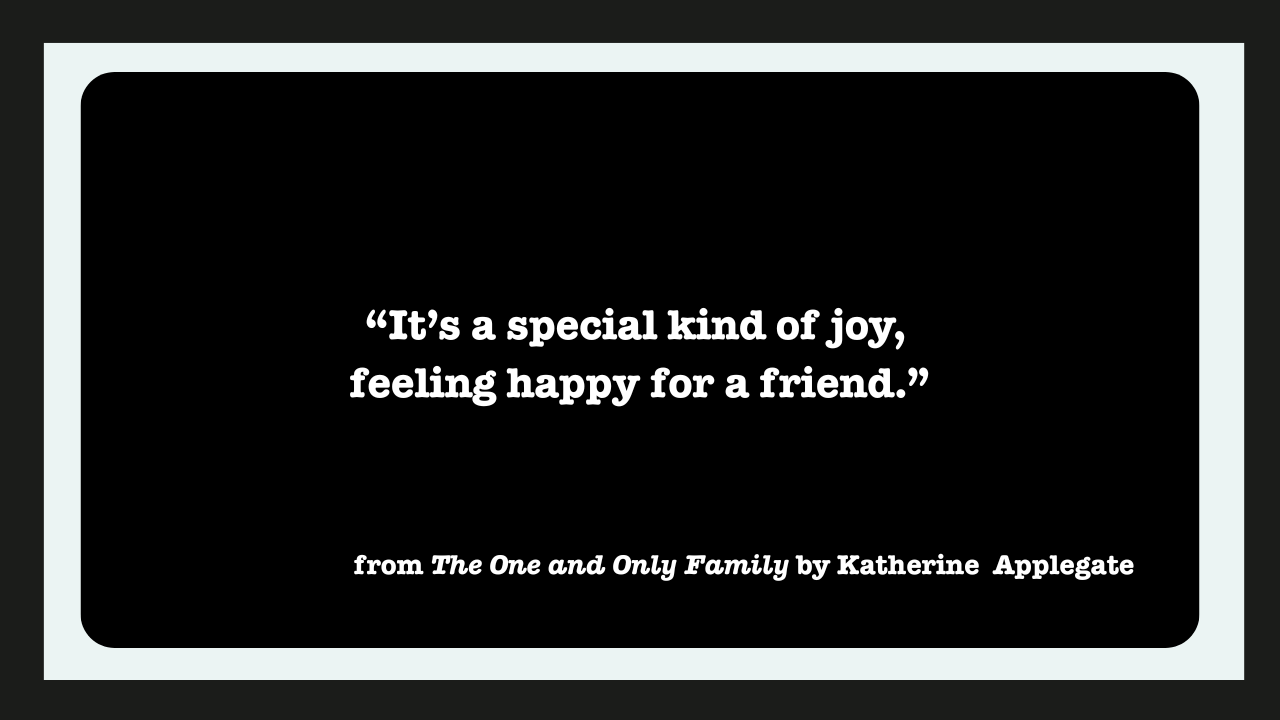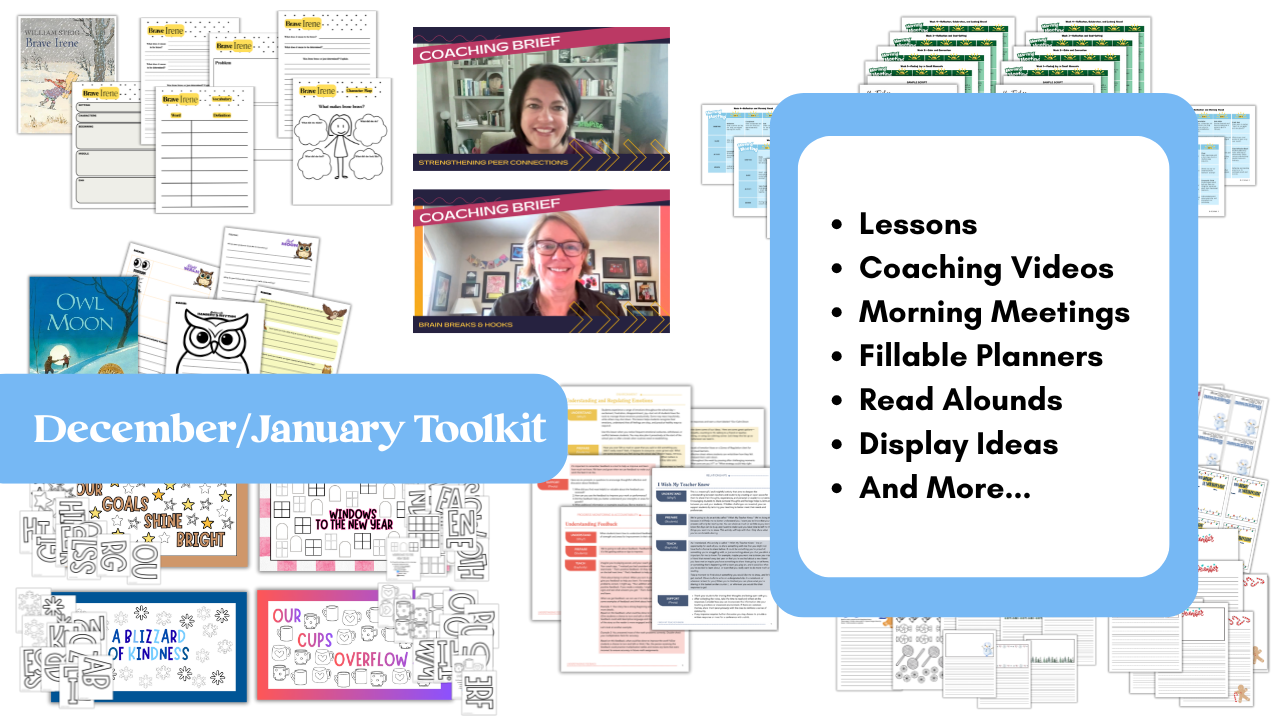
Remember book reports? If you were a student back in the 1900s, like me, then you were required to prove you’d read a book by recounting basic elements like setting, characters, plot, and theme.
When my own children were in school, dioramas were a common expectation. Adding an art component to book reports made them a little less painful, but they still weren’t a skill that carried my offspring to successful adulthood.
This summer, when we have more time to read for pleasure, let’s pay attention to how we truly engage with text. Do we pause to read something aloud to a friend or partner? Do we jot notes in a phone or journal? Do we recommend it to a friend so we can talk about it in depth?
If you aren’t used to interacting with books, let me share a few ways (in addition to the ones above) I find myself responding authentically. See what resonates with you and what might be just right for introducing to your students.
Collect Quotes for the Classroom
Sometimes a line jumps off the page that begs to go up on the classroom wall.
- “Every life should be guided and enriched by one book or another, don’t you agree?” (From Once Upon a Wardrobe by Patti Callahan)
- “Curiosity is a powerful state of being—full of possibility. Curiosity doesn’t sit still. It moves. It’s awfully close to magic.” (From The Ogress and the Orphans by Kelly Barnhill)
Save Super Sentences
We can keep super sentences forever when we move them from a novel to a journal. They end up being a treasured collection of small bits of writing that cause a reaction in mind and heart, like these from The One and Only Family by Katherine Applegate.
- “I wonder if everyone carries the weight of secret sadness with them.”
- “It’s a special kind of joy, feeling happy for a friend.”
- “It’s been a long time now since she passed away. You’d think the missing would end. But it doesn’t. It just softens around the edges.”
Write Reviews
As soon as I read a book, I rate it and jot a line or two on Goodreads. This has proved helpful many times when I haven’t been able to remember a title I loved that I want to share as a read-aloud or with a student in the library.
Ponder Poignant Points
Sometimes a line expands from the page to the world. Also from The One and Only Family, Katherine Applegate writes, “Sometimes when the world gets stormy, the sameness of everyday life can feel like a life raft.” I can’t help but think that’s how our classrooms feel for many students.
Collect Laughs
Stephanie Pearl-McPhee made me laugh so often in Yarn Harlot: The Secret Life of a Knitter that I had to stop reading it next to my sleeping husband.
- “Used as intended, even with careful handwashing and conscientious care, a pair of socks has a lifespan. They can, of course, be darned. (I use my mother’s method: I hold the holey sock over the garbage bin and loudly exclaim, ‘Darn it,’ before dropping it in. I’m a knitter, not a sock repair person.)”
Summer break is a perfect time to catch up on our reading-for-pleasure piles. If we pay attention to how we authentically respond to text, we can begin to build those practices in our schools, creating classroom cultures where books are read and shared in ways that are as natural as breathing.



